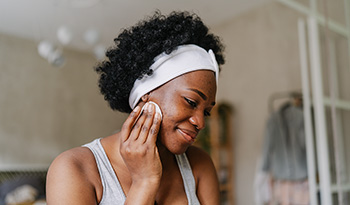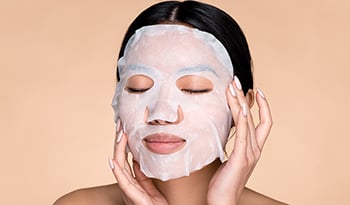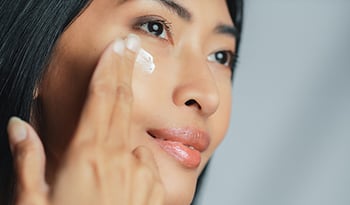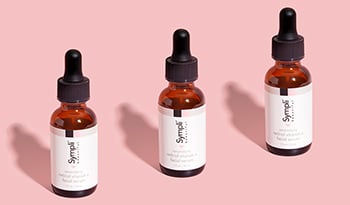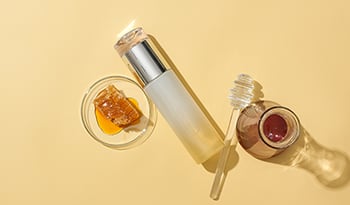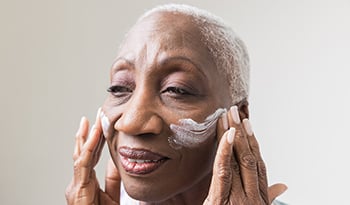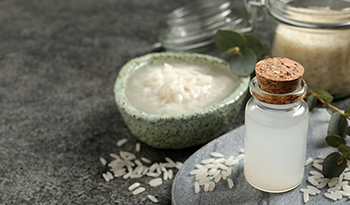9 Best Ingredients for Facial Cleansers: According to a Dermatologist
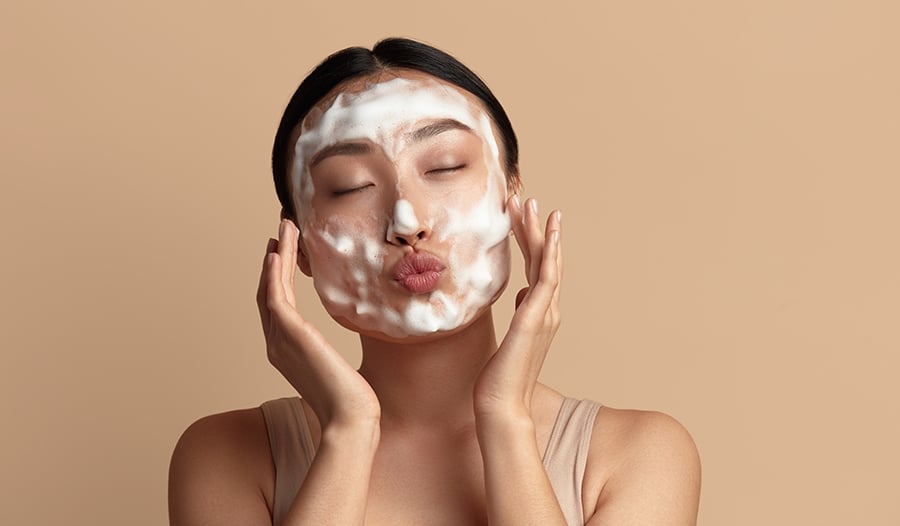
It all starts with a clean face.
When it comes to curating a skincare routine from scratch, it’s a good idea to begin with the basics: and it doesn’t get much more basic than washing your face. Starting with a clean canvas makes intuitive sense. A solid facial cleanser has the potential to not only remove dirt, makeup, sweat, and dead skin cells but can also help address specific skin concerns such as dryness, sensitivity, acne, or oiliness.
Though incorporating a facial cleanser seems easy enough, knowing which product to choose among the many options available in stores and online can be overwhelming. What exactly is it that you should be looking for in a cleanser? How do you know which products are best for your unique skin type, and do individual ingredients really matter?
In this article, I help simplify the selection process while highlighting a few personal favorite ingredients you can look for next time you’re in the market for a new facial cleanser.
Why Use a Facial Cleanser?
A facial cleanser is a skincare product designed to clean your skin. Washing your face is important because it allows for the removal of dirt, sweat, makeup, excess sebum (oil), and other impurities and pollutants we unknowingly encounter in our everyday lives. Failure to remove buildup can result in clogged pores, which can lead to distressing and stubborn acne breakouts. Skipping this important wash step can also lead to the appearance of dull, lusterless skin due to buildup of dead skin cells.
How to Choose a Facial Cleanser
Facial cleansers are not one size fits all. Your individual skin type, personal preferences, priorities, and presence of any known skin condition, such as acne or eczema, are all factors that can determine which combination of ingredients are best suited to your skin’s needs. Additionally, certain product vehicles (meaning whether it is formulated as a gel, cream, oil, or foaming cleanser) work better for some skin types than others.
Step 1: Determine Your Skin Type
As a board-certified dermatologist, I’m often asked, “What’s my skin type?” These inquiries frequently come from people who are new to the skincare game: namely, those who have (miraculously) gotten by with the old and classic “soap and water” combo for most of their lives or, better yet, tell me they simply wash their face with water.
But sometimes, this question comes from self-proclaimed skincare junkies who simply have yet to find an effective, reliable cleanser that achieves their desired results consistently. This often results from choosing the wrong product for their skin type.
The five main types of skin, according to the American Academy of Dermatology, include:
- oily
- dry
- normal
- combination
- sensitive
The primary determinant of skin type is the amount of sebum or oil, your skin produces. This is influenced by several factors, including genetics, climate, age, and medications.
It is well known that genes play a role in governing sebum production. A good example of this has been demonstrated in studies examining the role of family history in acne pathogenesis. Moderate to severe acne is strongly associated with a family history of acne in first-degree relatives: that is, if your parents have oily, acne-prone skin, you will be more likely to have oily, acne-prone skin.
If you’re not sure what your skin type is, there is a quick and easy method you can use to figure it out. It’s important to assess your skin clean and fresh at its baseline, without the interference of topical creams, serums, and other products you might typically layer on in a day. Begin by washing your face with a mild cleanser. Follow this by gently patting the skin dry. After 30 minutes, it’s time to evaluate your skin:
- If your skin appears shiny all over, you likely have oily skin
- If your skin appears shiny just in the T-zone (forehead, nose, and chin), you likely have combination skin
- If your skin appears flaky and feels tight, you likely have dry skin
- If your skin feels comfortable without either excess dryness or oiliness, you likely have normal skin
- If your skin appears red and is accompanied by a burning or itching sensation, you likely have sensitive skin
Step 2: Choose a Product Vehicle
The vehicle of a drug or cosmetic skincare product refers to how the drug is formulated to deliver the active ingredient to the skin. Topical vehicles can be in the form of a lotion, cream, gel, foam, ointment, liquid, oil, etc.
Here’s where vehicle comes into play. Those with oily skin can benefit greatly from using an oil-free, gentle foaming or gel cleanser. These are especially good for eliminating excess oils while simultaneously removing dirt and other unwanted debris. On the other hand, dry skin that naturally produces less oil tends to fare less well with these vehicles. To avoid stripping the skin of too much moisture, I typically recommend cream cleansers for dry skin.
Combination skin can be difficult to accommodate with just a single product. When it comes to a cleanser for combination skin, err on the side of selecting a mild, gentle gel or foaming cleanser. You can always selectively moisturize the drier areas at a later step in your routine.
Step 3: Determine Which Ingredients to Look For
Alright: so you’ve gotten as far as determining your skin type and deciding which vehicle will work best for you. That still leaves one obvious question: how do you know which ingredients to look out for? What should you seek out based on your skin type and skin concerns? Read on for some of my favorite ingredients to consider as you shop for facial cleansers.
Best Ingredients to Look for in Facial Cleansers
1. Colloidal Oatmeal
The use of oats in skincare is not a new phenomenon: oatmeal baths have been used as a remedy for many itchy skin conditions, such as chicken pox and poison ivy, for centuries. Colloidal oatmeal refers to finely ground oats that are boiled and mixed into a lotion, cream, or wash for various skin benefits.
Oats have antioxidant and anti-inflammatory properties that are soothing when applied to dry, itchy, irritated, or sensitive skin. In one study, 1% colloidal oatmeal cream significantly improved skin pH, barrier function, and hydration in those with mild to moderate eczema in just 2 weeks.
Cetaphil Pro RestoraDerm Soothing Wash is a soothing cleanser that contains colloidal oatmeal.
2. Ceramides
Ceramides are naturally occurring lipids that play an important role in the structure of the top layer of the epidermis, the stratum corneum. The stratum corneum represents the outermost layer of the skin and is vital to the skin’s barrier function, ensuring that harmful substances stay on the outside where they belong while preventing dryness caused by excess water loss through the skin. Using a facial cleanser containing ceramides can help seal in moisture and hydration and even restore compromised skin barriers seen in certain inflammatory skin conditions like eczema.
3. Hyaluronic Acid
Hyaluronic acid (HA) is a versatile skincare ingredient suitable for all skin types but can be particularly helpful for people with dry or sensitive skin. HA naturally occurs in the body and acts as a humectant, helping bind water to collagen and thereby retaining moisture and hydration.
4. Squalane
Squalane (a lightweight derivative of squalene) is another naturally occurring lipid that lubricates the skin. In addition to its hydrating effects, it also functions as an antioxidant and is suitable for all skin types.
5. Micellar Water
Micellar water is a gentle, elegant, and effective solution for sensitive, dry, and acne-prone skin and is especially effective in makeup removal. When a certain amount of surfactant is added to water, tiny clusters of molecules called micelles are formed, which very effectively absorb oily makeup debris while also hydrating the skin.
Bioderma Sensibio H2O Make-Up Removing Micelle Solution is a good makeup remover for sensitive, dry, and acne-prone skin.
6. Salicylic Acid
Salicylic acid is a beta hydroxy acid (BHA) commonly used for treating acne. Salicylic acid is oil soluble, which allows it to penetrate deep into pores to exert its exfoliative actions. This depth of penetration makes it an ideal ingredient for someone with oily or combination skin.
7. Benzoyl Peroxide
Benzoyl peroxide is best known for its acne-fighting properties. It kills Cutibacterium acnes, the bacteria implicated in causing acne, and it also helps decongest pores by removing excess oil and dead skin cells. This combined reduction in bacteria and oils results in visible breakout improvement in those with oily skin types.
PanOxyl Acne Creamy Wash, Benzoyl Peroxide 4% Daily Control is an effective benzoyl peroxide-containing cleanser for acne-prone skin.
8. Alpha Hydroxy Acids
Alpha hydroxy acids (AHAs) like glycolic acid and lactic acid serve to chemically exfoliate the skin. By gently removing dead skin cells from the surface, AHAs can help unclog pores, which can be particularly useful in oily and acne-prone skin types.
9. Peptides
Peptides are the building blocks of proteins, formed by short chains of amino acids. Peptide-containing cleansers can be used in all skin types, but people with mature, dry, or sensitive skin have the most to gain. The popularity of peptides is due to their ability to absorb easily into the skin and carry out a variety of functions, including reducing signs of premature aging and locking in hydration.
Final Thoughts
Every skin type can benefit from daily cleansing, but different skin types have different needs. Whether you are exploring the world of skincare for the first time or are a longtime enthusiast, this guide should help you assemble an effective routine: starting with a clean face.
References:
- Capone K, Kirchner F, Klein SL, Tierney NK. Effects of Colloidal Oatmeal Topical Atopic Dermatitis Cream on Skin Microbiome and Skin Barrier Properties. J Drugs Dermatol. 2020 May 1;19(5):524-531.
- Kurtz ES, Wallo W. Colloidal oatmeal: history, chemistry and clinical properties. J Drugs Dermatol. 2007 Feb;6(2):167-70.
DISCLAIMER:This Wellness Hub does not intend to provide diagnosis...











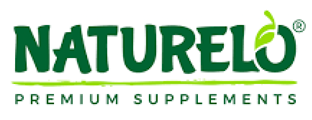







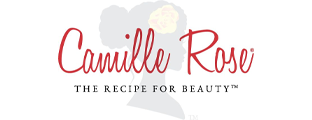

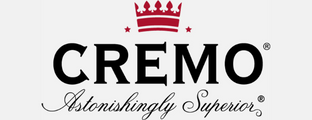





































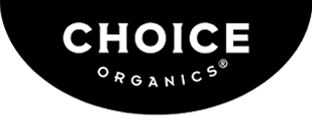




















 Table of Contents
Table of Contents



